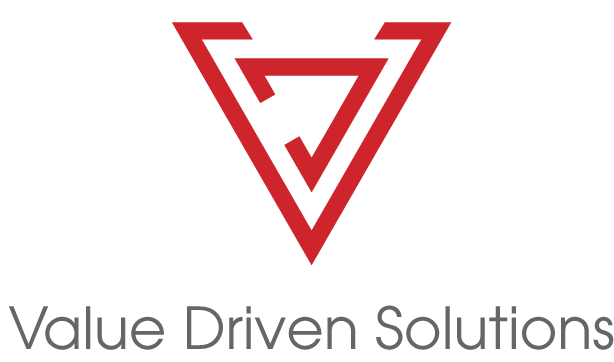Faced with a retiring CEO weary from the relentless pace of the last three years, a prominent global corporation found itself at a pivotal juncture, grappling with significant leadership and strategic hurdles.
This entity, celebrated for its superior products and outstanding customer service, had long been a market leader. Nevertheless, it was now struggling to keep up with technological advancements, innovative market entrants, and dynamic competitors. Its culture, characterized by caution and a preference for consensus, posed challenges to adopting and maintaining changes. Like numerous organizations, it was confronting a host of challenges characteristic of the 2020s—economic volatility, geopolitical instability, supply chain issues, intense competition for talent, evolving workplace expectations, societal shifts, and pressures to enhance environmental, social, and governance (ESG) practices, including diversifying its leadership team. The company was dealing with high employee turnover, and a key executive had recently left for new opportunities. Its stock price lagged behind the market average, and there were whispers of shareholder unrest.
The question loomed: Could the current CEO successfully steer through these complexities, or was a change in leadership necessary? For the board, determining the ideal CEO profile for steering the company into the future was a complex puzzle given the myriad of internal and external changes.
• • • As the CEO role grows increasingly complex, boards worldwide are facing similar dilemmas regarding CEO succession and future leadership. CEOs are reevaluating the essence of their roles in these transformative times. The once-coveted CEO position is now scrutinized for its potential toll, especially within publicly traded companies. Our interactions with boards and C-suite executives worldwide have given us insight into these deliberations and the critical importance of making the right decisions.
What have we discovered? Simply put, the leadership playbook has evolved. Past strategies for CEO success are no longer adequate. CEOs are navigating an inherently more complex environment, requiring a shift away from traditional leadership models. This evolution impacts the necessary actions, approaches, and profiles of successful future leaders.
DOWNLOAD We don’t necessarily believe that crises are more frequent today. Instead, what distinguishes our era is the magnitude, breadth, speed, and interconnectedness of challenges faced. The ideal CEO profile will always reflect a company’s unique context, including valued career experiences and leadership skills. However, high-performing CEOs will increasingly be recognized by innate qualities that fall into two categories: capacity—their potential versus their past achievements—and character—their likely responses to unprecedented challenges. Successful leaders will exhibit humility in acknowledging the changing landscape, the cognitive flexibility to comprehend the multifaceted forces affecting their business, and the agility and bravery to act accordingly. They will connect empathetically with a diverse range of stakeholders and harness a wealth of information and talent.
The evolving landscape of CEO leadership The phrase "These are unprecedented times" has become a common refrain in recent years. The COVID-19 pandemic, global social justice movements, environmental emergencies, and economic uncertainty have continuously posed challenges since the 2020s began.
Our perspective is not that crises are more prevalent overall. Each decade has witnessed economic, geopolitical, social, and health crises. What sets the current era apart is the scale, scope, speed, and interconnectivity of these challenges. Technological advancements have erased traditional business boundaries and accelerated change, amplifying the impact of intensifying macro factors such as political divisions and evolving stakeholder expectations, and complicating businesses’ responses to both opportunities and challenges. The media frequently highlights examples:
- A well-intentioned marketing initiative goes viral for the wrong reasons, eliciting public outcry and then a backlash against the company's reaction.
- A sudden demand spike becomes unmanageable due to significant supply chain restructuring caused by geopolitical tensions and labor shortages.
- The collapse of a single corporation triggers a market-wide panic, risking a cascade of failures across the sector and beyond.
Moreover, in an era of increased polarization and diminishing trust in traditional institutions, society expects businesses to lead on a wide array of political, environmental, and social issues. Consumers prefer brands that align with their values and contribute to addressing significant global challenges. Employees seek employers whose missions resonate with their personal purposes.
Leaders must continuously navigate the "always on" information landscape, making sense of it in real-time. Empowered by social media, stakeholders intensify their demands on companies. CEOs must remain vigilant, discerning relevance to their business and determining the appropriate response to an ever-expanding array of concerns.
Need an interim CEO?
Leadership Solutions → VDS Consulting (vdsconsultinggroup.com)
Contact us today:
772-722-8811


